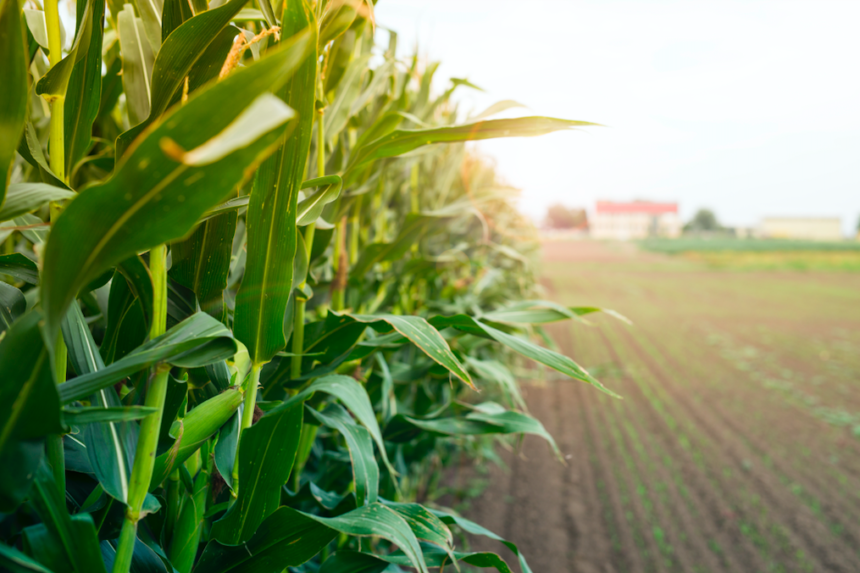Crop rotation is an essential practice in agriculture that involves the systematic sequencing of different crops in the same field over a period of time. This practice offers numerous benefits, including improved soil health, increased yields, pest and disease control, and reduced reliance on synthetic fertilizers and pesticides. If you’re considering implementing crop rotation on your farm, here are ten key things you should know:
- Diverse Crop Selection: Choose a diverse range of crops for rotation, including different plant families and growth habits. Rotating crops with varying nutrient requirements, root structures, and pest vulnerabilities helps break pest and disease cycles, reduces soil nutrient depletion, and promotes overall soil health.
- Crop Rotation Patterns: Design a crop rotation plan that follows a specific pattern or sequence. Common rotation patterns include simple rotations (two or three crops in sequence), complex rotations (multiple crops with varied intervals), and intercropping (growing two or more crops simultaneously in the same field). The chosen pattern should consider factors such as crop compatibility, market demand, and agronomic goals.
- Pest and Disease Management: Crop rotation is an effective strategy for managing pests and diseases. Different crops have varying susceptibilities to specific pests and diseases. By rotating crops, you disrupt the life cycles of pests and pathogens, reducing their build-up in the soil and minimizing the need for chemical interventions.
- Nutrient Cycling and Soil Fertility: Crop rotation helps maintain and improve soil fertility by optimizing nutrient cycling. Different crops have different nutrient demands, and by rotating crops with varying nutrient requirements, you can prevent the depletion of specific nutrients in the soil. Nitrogen-fixing legumes, for example, can add nitrogen to the soil, benefitting subsequent crops.
- Weed Suppression: Crop rotation can help suppress weeds and reduce the reliance on herbicides. Some crops, such as cover crops or dense-rooted plants, can compete with weeds, smothering them and preventing their growth. By incorporating these crops into the rotation, you can naturally control weed populations.
- Break Pest and Disease Cycles: Certain pests and diseases have specific crop hosts. By rotating crops, you disrupt the life cycles of these pests and diseases, making it more difficult for them to establish and spread. This reduces the likelihood of recurrent pest and disease issues in your fields.
- Soil Erosion Control: Crop rotation plays a role in soil erosion control. Different crops have varying root systems and growth habits, which can help improve soil structure and stability. Deep-rooted crops, for example, can help anchor soil and reduce erosion risks, particularly on sloping fields.
- Yield Improvement: Crop rotation can lead to increased crop yields over time. By providing a favorable environment for different crops and breaking pest and disease cycles, rotation can result in healthier plants with reduced stress. This can lead to improved crop productivity and overall yield.
- Crop Rotation Planning: Effective crop rotation requires careful planning. Consider factors such as crop compatibility, rotation intervals, market demand, and agronomic goals. Create a rotation schedule that spans multiple years and balances the needs of different crops while optimizing the benefits of rotation.
- Monitoring and Adaptation: Regularly monitor your crops and the health of your soil. Assess the success of your rotation plan by evaluating crop performance, pest and disease pressure, weed control, and soil health indicators. Adapt your rotation plan as needed based on your observations and the evolving needs of your farm.
Crop rotation is a valuable practice for sustainable and productive agriculture. By understanding these ten key aspects of crop rotation, you can implement an effective rotation plan that promotes soil health, pest management, and overall farm profitability.
Join 'Farmers Mag' WhatsApp Channel
Get the latest Farming news and tips delivered straight to your WhatsApp
CLICK HERE TO JOIN






